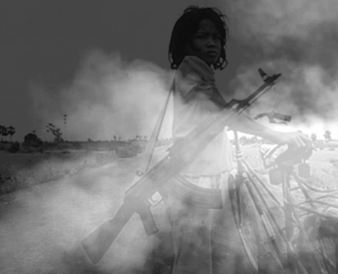
On this recent trip back to the Kingdom of Cambodia, I was lucky enough to spend an afternoon with an Australian gentleman who had spent many years in Cambodia.
In fact, he was a young soldier for hire working for the United Nations in 1992, when the international community came into the country to help stabilize the political situation, improve conditions for the people, and set up free democratic elections.
This man told me a lot about what Cambodia looked like back then, when it was completely lawless, chaos ruled the land, and everyone walked with eyes down and mouth closed, still in shock after the genocide they’d just suffered.
He told me that back then, the now modern and thriving city of Phnom Penh was just a shell, and everyone got around on bicycle. The only vehicles were United Nations white trucks, but there were a few motorbikes, although most people were armed. He told me that the truthful joke from that era was that if you wanted a ride on a motorbike, you just waited at an intersection until someone with a motorbike drove up; you shot them; took their bike; and went on your way.
He also told me about one mission his UN peacekeepers were on that required them to make a long drive through the wild countryside from Battambang to Phnom Penh. They were traveling in their UN Land rover at night, going cautiously and slowly over dirt roads.
At one point, they came upon fallen trees across the road, blocking their way. But when they came to a stop and opened the doors to get out and see if they could get around or move the trees, they realized that they weren’t alone.
From the midnight mist of the jungle, they saw shadowy figures rise up, their skinny silhouettes revealing that they were carrying AK47s. There were three, and then seven, and soon, they were surrounded by almost twenty ghosts with machine guns.
The Australian soldier knew they were in trouble, and they weren’t optimistic about their chances trying to shoot it out with a small squad of outlaw Khmer Rouge soldiers or pilfering bandits, but they decided to play it cool and try to talk their way out, since the UN was universally known and well respected in those days.
They got out and said hello in Khmer. The machine gun wielding shadows moved in. But when they got closer, they were surprised that the figures were all women - with some small children. They were so skinny they were skeletal with slightly distended bellies - which was common in Cambodia in those days, and dressed in rags. The women were nice and meant them no harm, and helped them clear the road so the UN truck could go on their way.
As the soldiers drove off into the night, they saw the armed apparitions sinking down into the road again, as if it was swallowing them up,
The image always stayed with him, and he never understand what they were all doing on the road that night, or why they rose up from it, but there were hundreds of more precarious and notable situations to witness in Cambodia in those days.
It wasn’t until much later, when the young soldier wasn’t so young anymore and living back in his native Australia that he happened to tell the story to an old military doctor there.
The doctor nodded his head at the story and the details about the road, and told him why they were probably there:
They were suffering from stomach and intestinal worms, a condition rampant in those times as people drank bad water and ate some horrible things, if they ate at all, with no medicine available.
The worms made their bellies ache terribly, keeping them from sleeping at night. But the paved road held radiant heat from the daytime sun all night. So the women slept on the pavement - bellies down - because the warmth it emitted calmed the worms and eased their pain a little.
That's how the soldiers found these women when their UN truck rolled up, rising like ghosts in the road.
***
You can read more about my recent return to the Kingdom of Cambodia here.
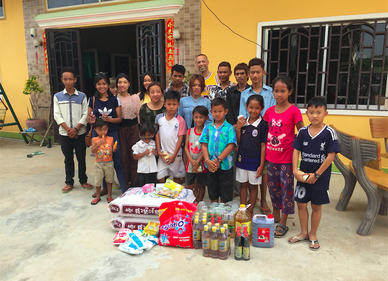
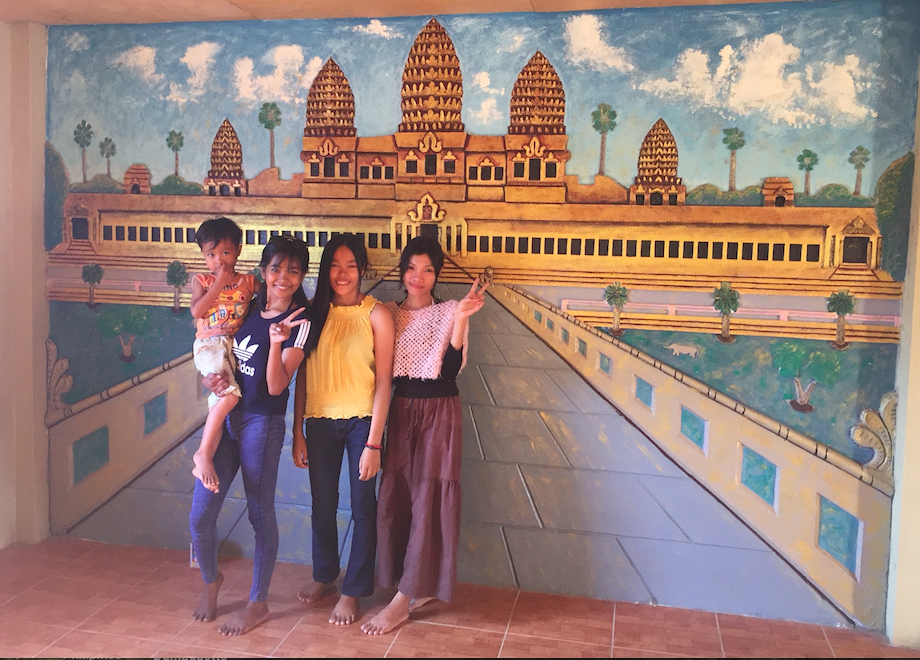
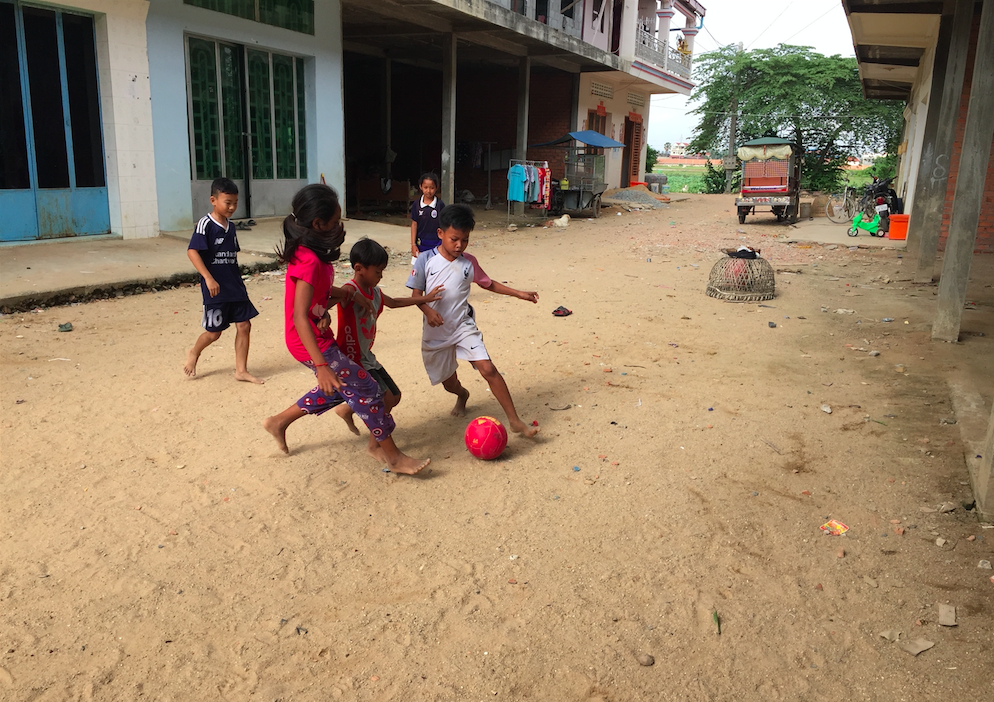

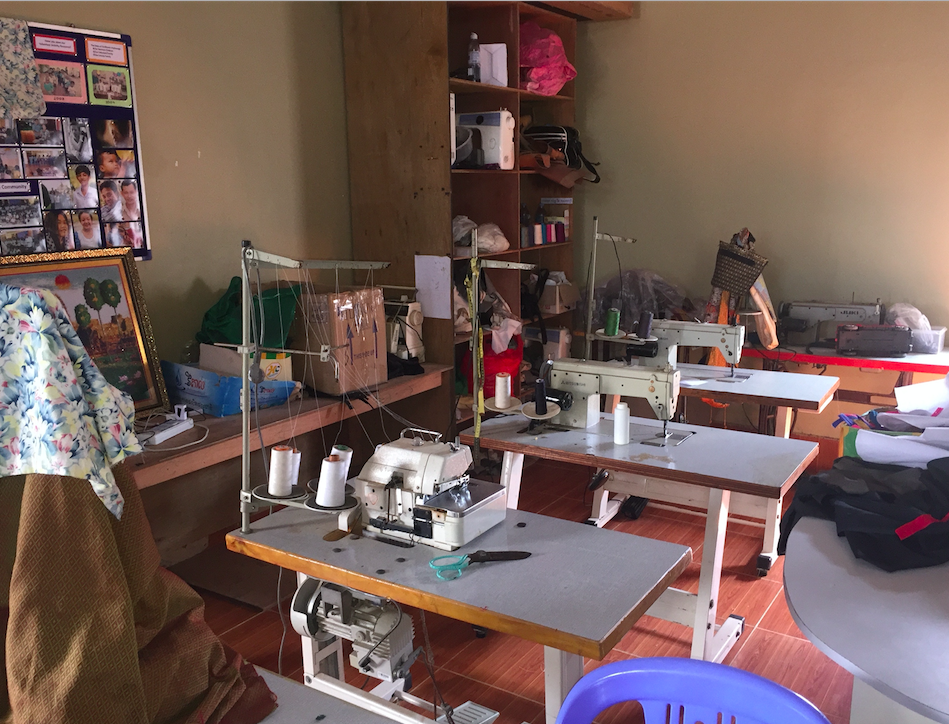
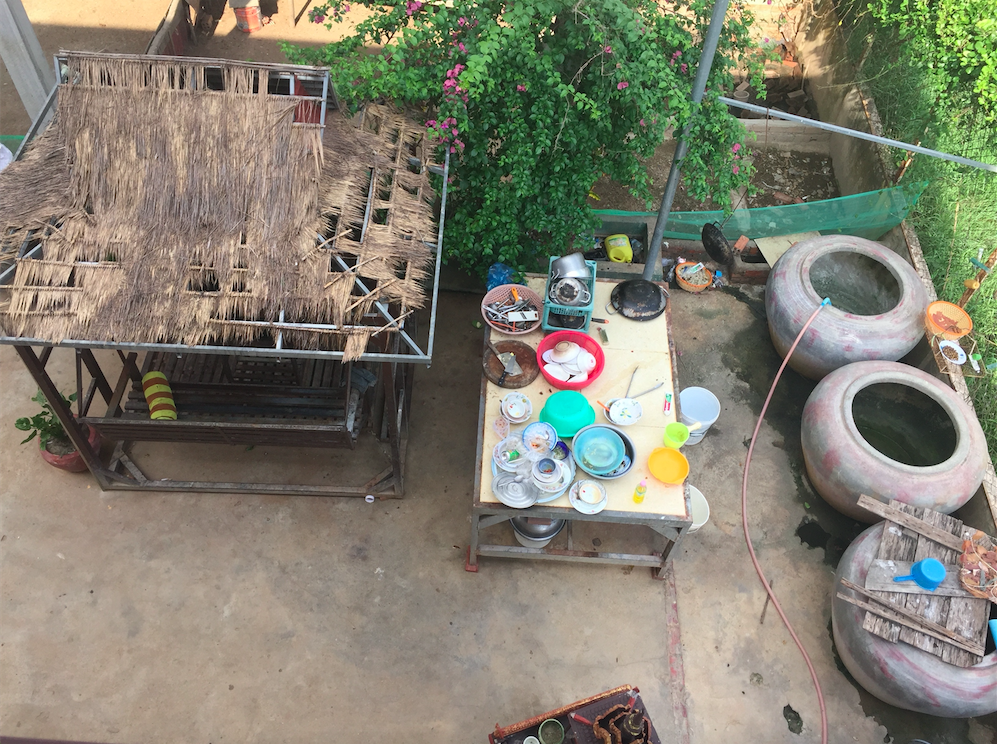
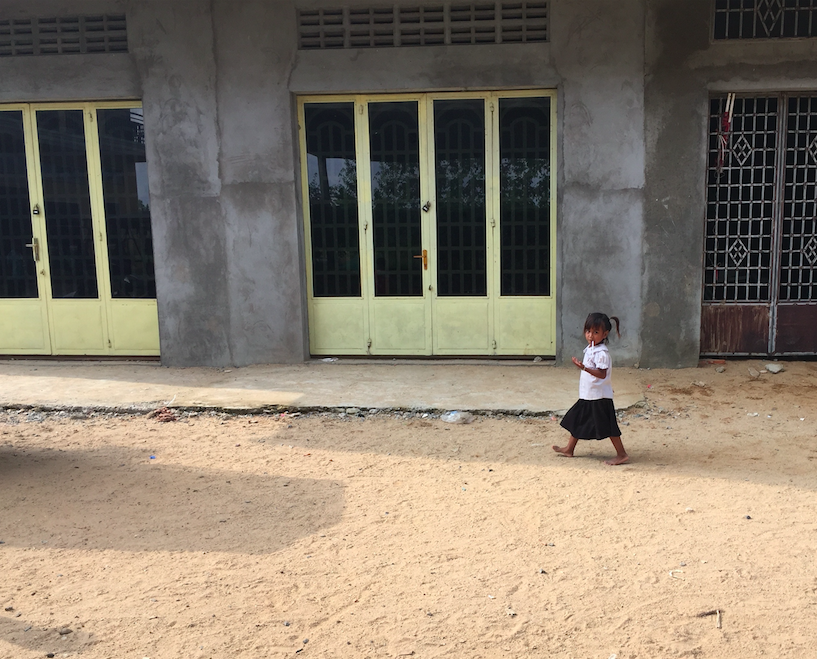

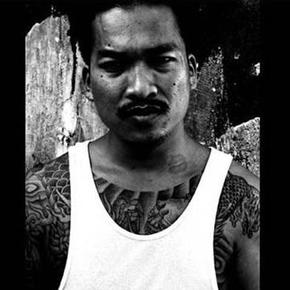

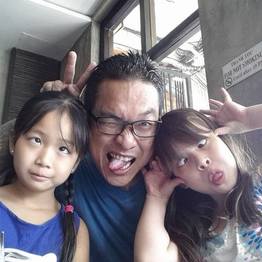
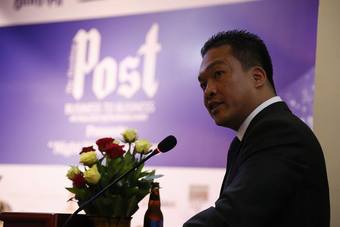
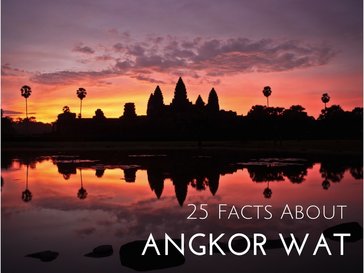
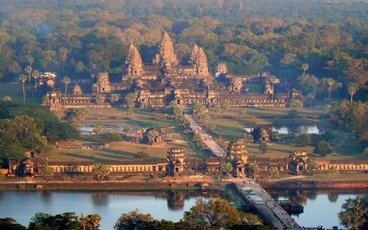
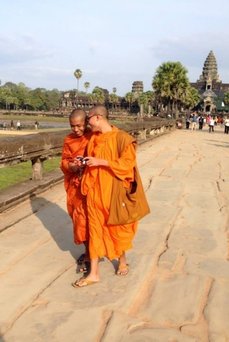
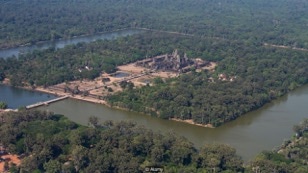


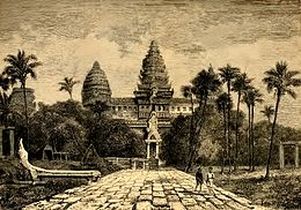
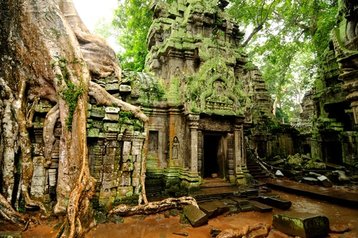
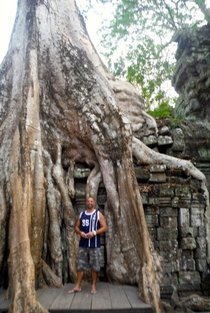

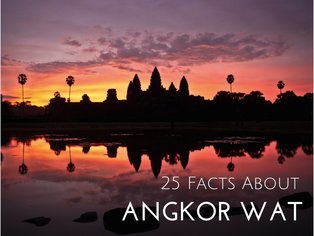
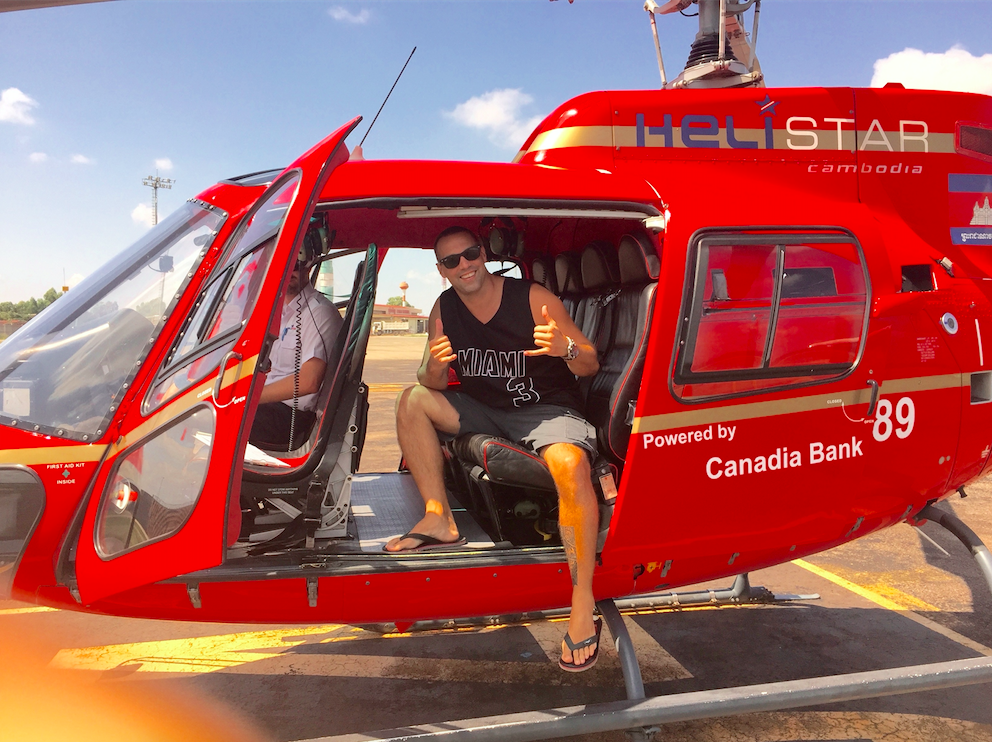
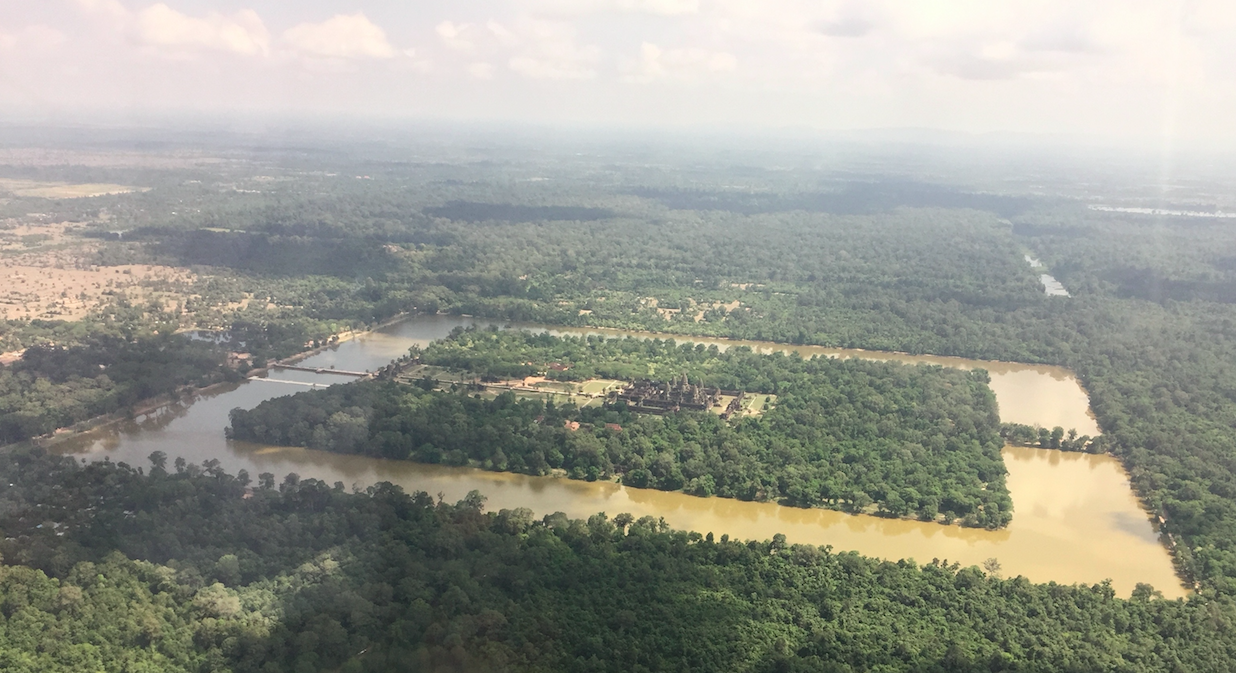

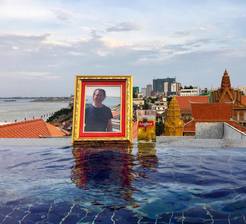
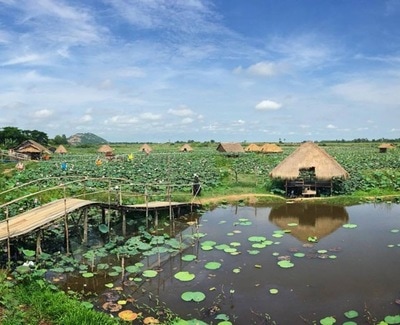
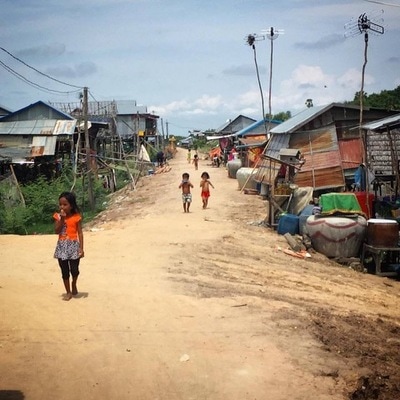
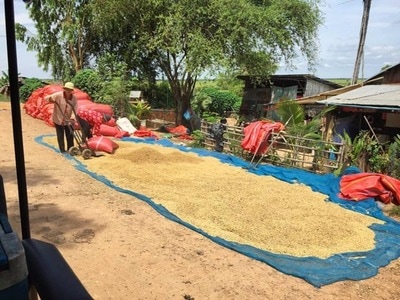
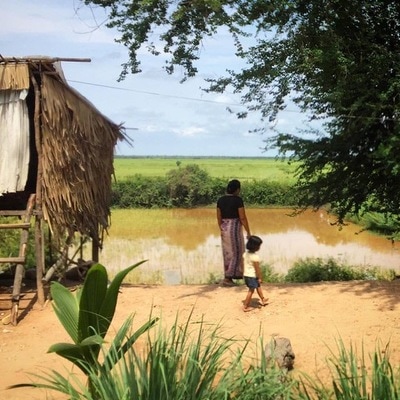

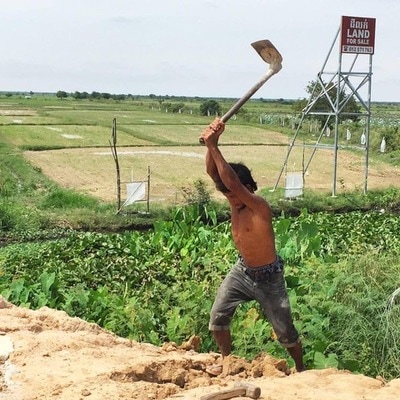
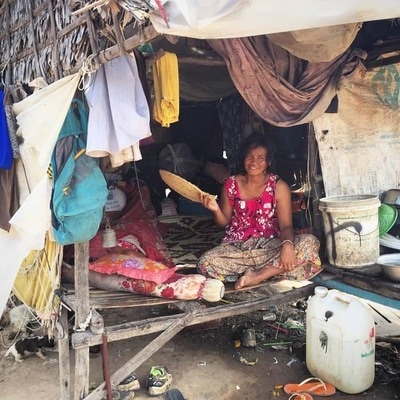
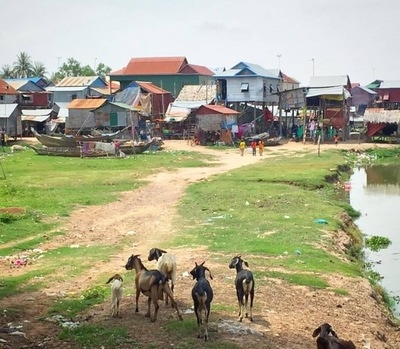
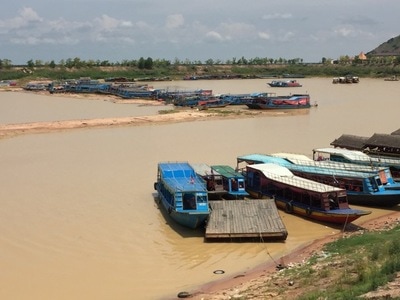
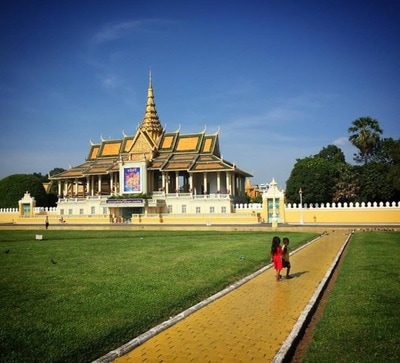
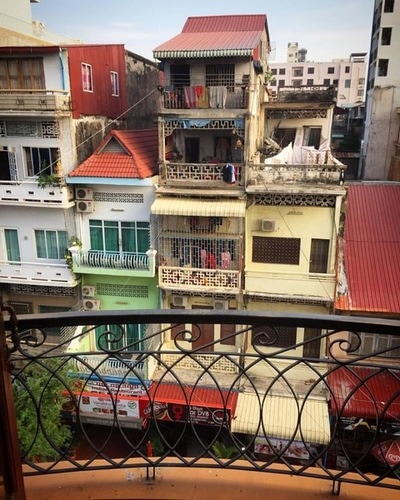

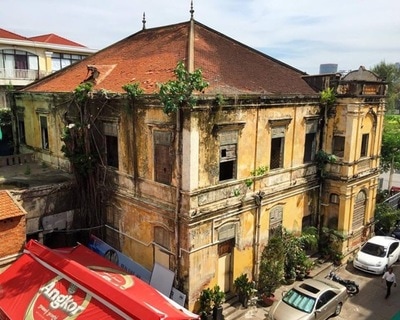
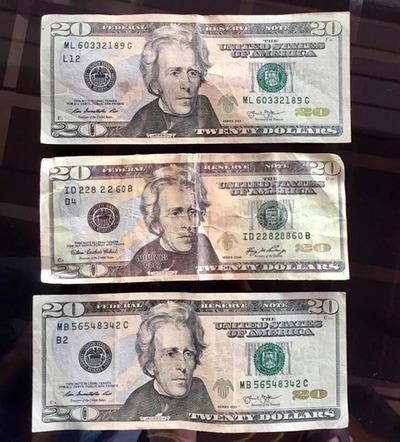
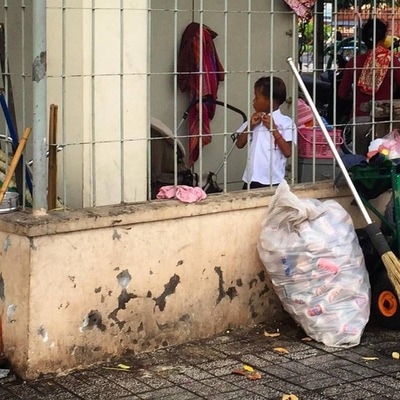
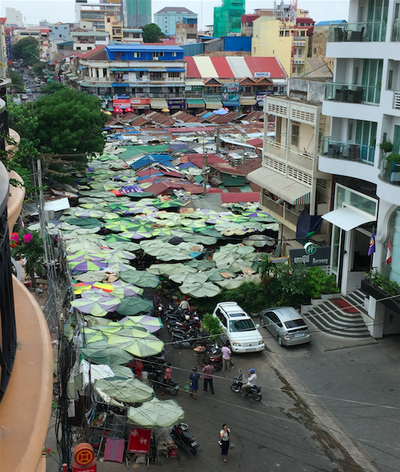
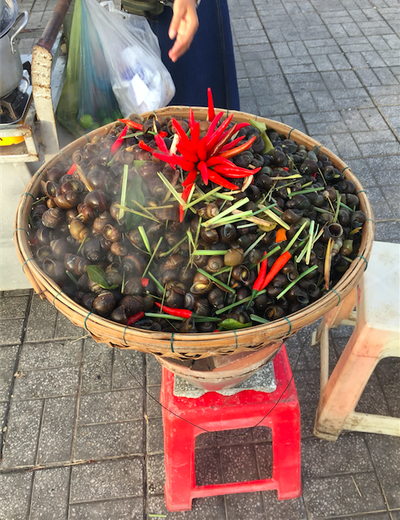

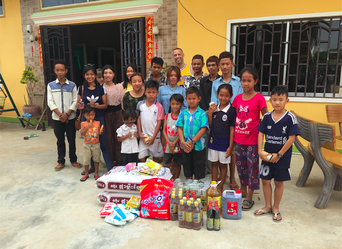
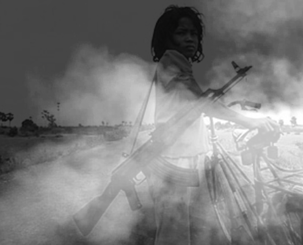
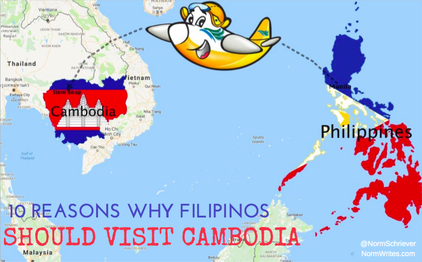


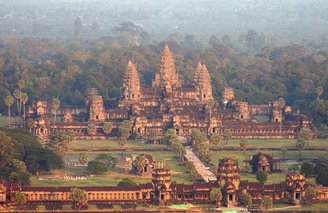
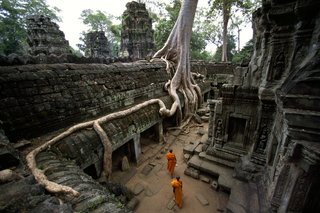


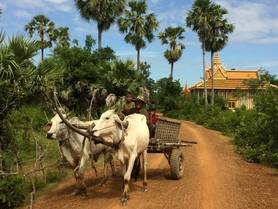
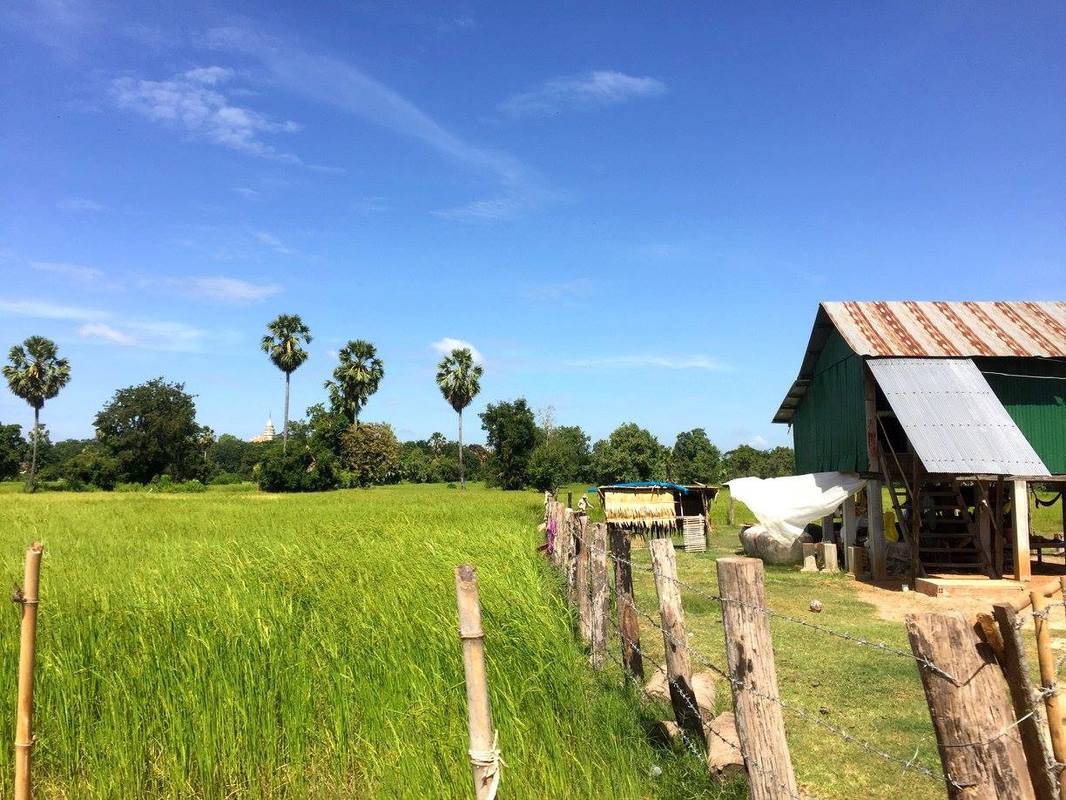
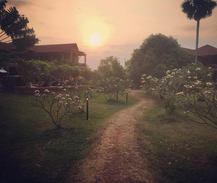
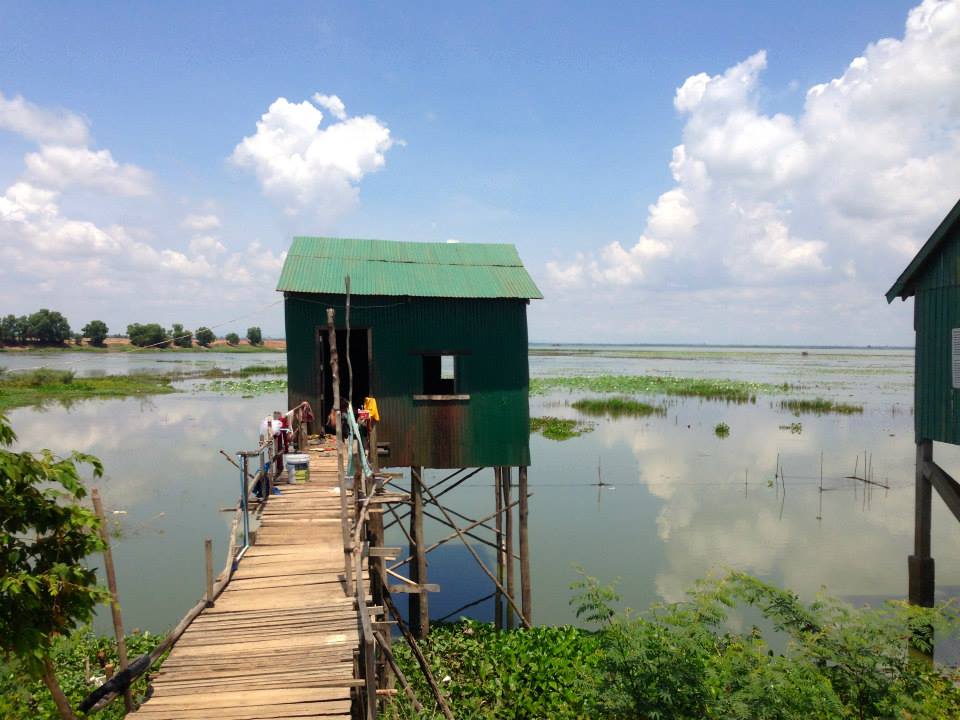
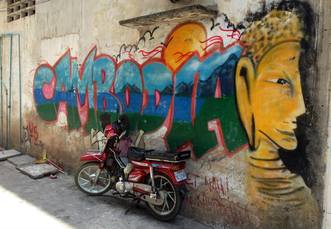
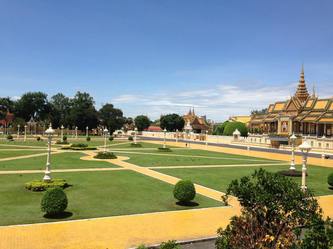
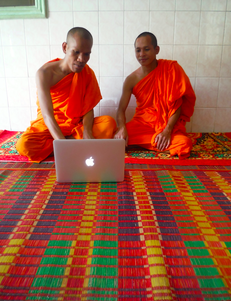
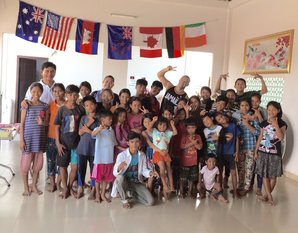
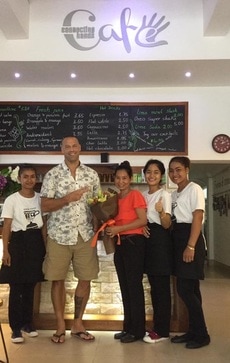
 RSS Feed
RSS Feed